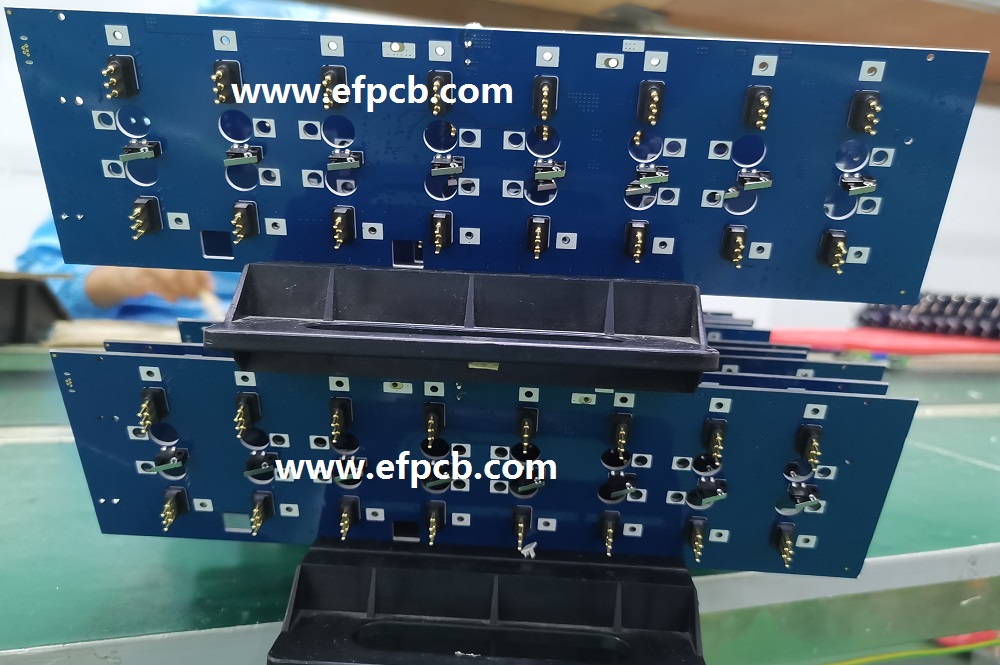The Fabrication, Testing, and Final Assembly in PCA

Keywords: Printed Circuits Assembly
Printed circuits assembly (PCA), also known as printed circuit board assembly (PCBA), is a critical process in the manufacturing of electronic devices. The printed circuit assembly process involves assembling electronic components onto a printed circuit board (PCB) to create a functional electronic device. In this blog, we will discuss the printed circuit assembly process and its importance in the electronics industry.
PCB Design:
Before the printed circuit assembly process can begin, the PCB design needs to be created. The PCB design includes the placement of the electronic components and their interconnections on the board. The PCB design process is done through a computer-aided design (CAD) tool, and the resulting design files are used to create the physical PCB.
Printed Circuit Board Fabrication:
Once the PCB design is complete, the physical PCB can be fabricated. This process involves creating the board layers, etching the copper traces, and drilling holes for the electronic components. The fabricated PCB is then inspected for any defects, such as missing or misaligned traces, before proceeding to the next step.
Testing and Inspection:
After the soldering process is complete, the assembled PCB is tested and inspected to ensure that it is functioning correctly. The testing process involves powering up the PCB and checking that all the components are working correctly. The inspection process involves checking the PCB for any defects, such as solder bridges, missing components, or misaligned components.
Final Assembly:
Once the PCB has passed the testing and inspection process, it can be assembled into the final electronic device. The final assembly process involves placing the PCB into a device housing, attaching any necessary cables or connectors, and installing any additional components, such as switches or displays.
Conclusion:
Printed circuit assembly is a critical process in the manufacturing of electronic devices. It involves creating the PCB, placing electronic components onto the PCB, soldering the components to the PCB, testing and inspecting the assembled PCB, and assembling the final electronic device. The printed circuit assembly process is a complex process that requires specialized equipment and skilled technicians. The importance of printed circuit assembly in the electronics industry cannot be overstated, as it enables the creation of a wide range of electronic devices that we use every day.




